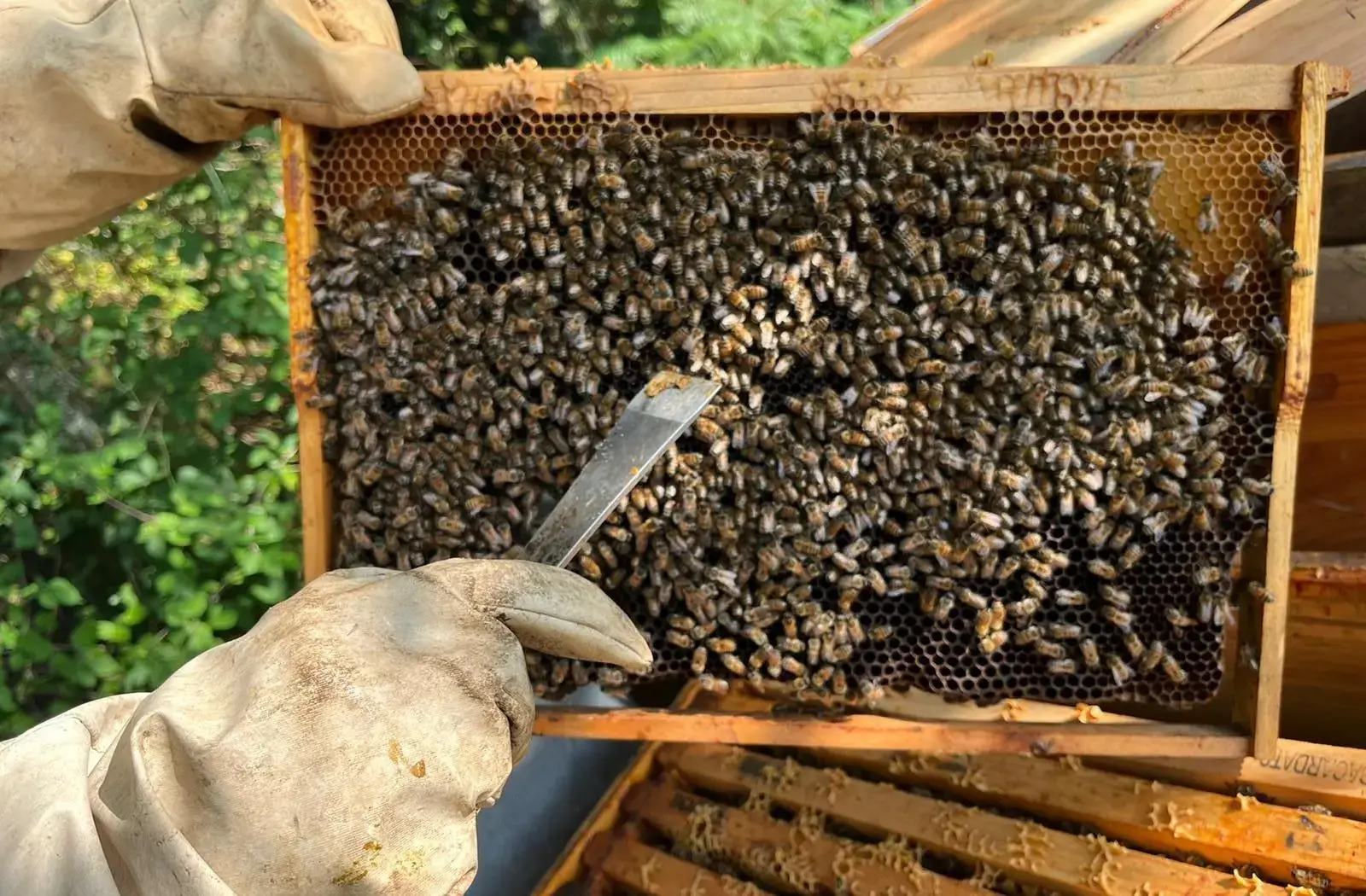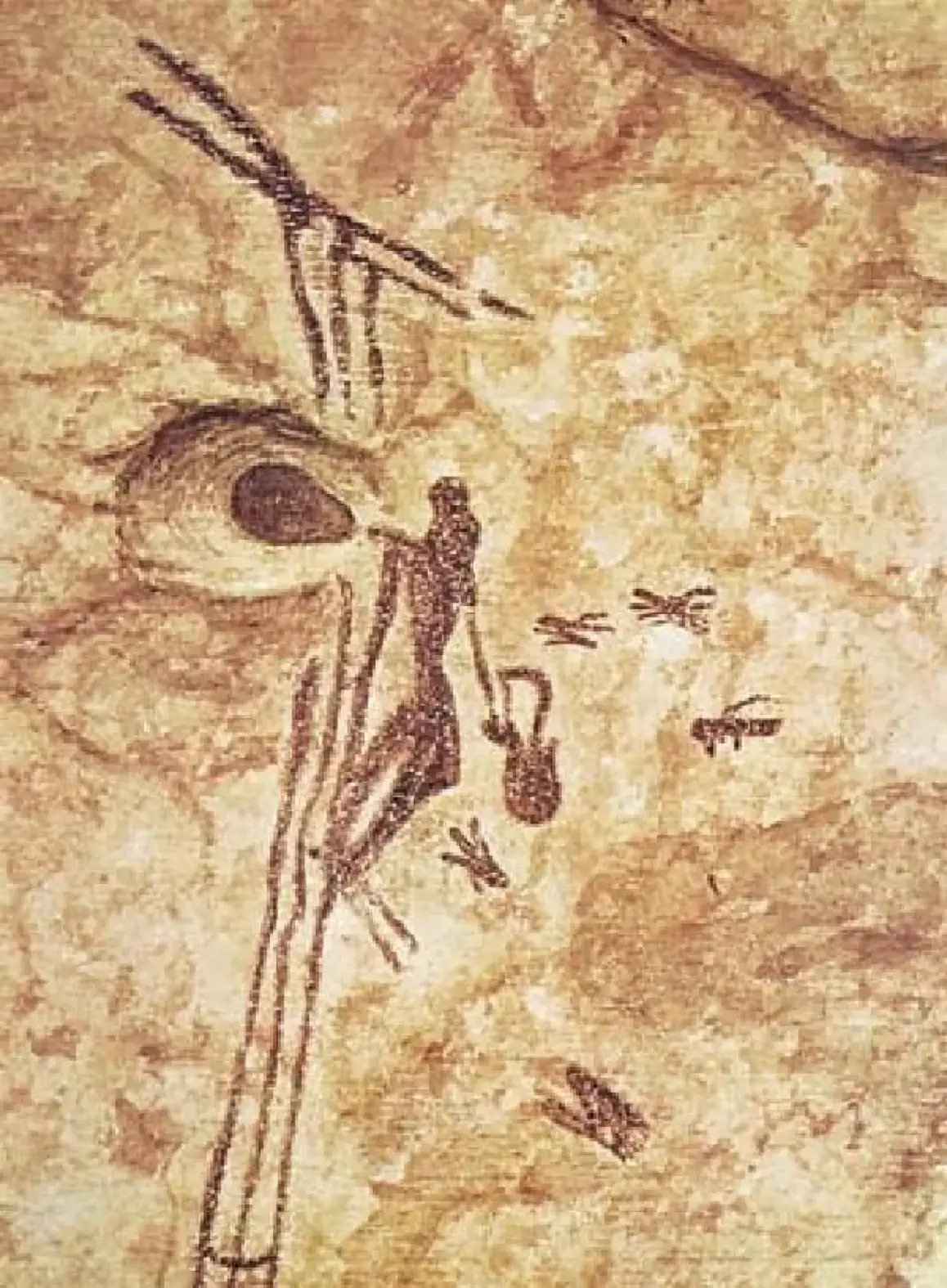Welcome to the site attached to my activity as a beekeeper, or erlezaina in Euskara. ‘Erle’ for bee and ‘zain’ for ‘one who takes care of’. I am therefore erlezain in the Northern Basque Country from great-grandfather to great-grandson, having hives in the same village of Labourd as my mother’s aitaxi.
Through this site, I hope to share with you my passion for bees and respond to your curiosity about their activities and production of delicious honeys.




